Ask AI on The Internet
Question: How disinfectants are used to control microorganisms in plant culture and tissue culture facility
Microorganisms are one of the major problems in plant tissue culture as they may cause contamination and can hinder plant growth. Disinfectants play an essential role in controlling microorganisms, in both the plant culture and tissue culture facilities. Here's how disinfectants are used: 1. **Surface Disinfection**: Disinfectants are primarily used to clean the work surfaces, containers, and equipment in the tissue culture facility to ensure a sterile environment that is crucial for the preservation and growth of plant tissues. Common surface disinfectants include 70% alcohol, chlorine bleach, and hydrogen peroxide. 2. **Tools and Instruments Sterilization**: Instruments like scalpels, needles, and tweezers need sterilization before use to avoid any possible contamination. These can be cleaned with a disinfectant solution or soaked in dish soap before autoclaving. 3. **Growth Media Sterilization**: The growth media used for culturing plant tissues should be free from any microbes. Adding a small concentration of disinfectant to the growth medium might be an approach, but thermal sterilization or autoclaving is usually employed instead to avoid potential harm to the plant tissue from residual disinfectant. 4. **Explants Surface Sterilization**: Plant material, or explants, are treated with disinfectants before introduction into the culture medium. This is usually achieved by washing the explant in a mild detergent, followed by rinsing with a disinfectant such as a diluted bleach solution, ethanol, or mercuric chloride, and then rinsing in sterile distilled water. 5. **Air Disinfection**: The air within the laboratory must be kept clean and free from airborne bacteria and fungi. Filters, UV light, or circulating the air through solutions of disinfectants help maintain a sterile environment. 6. **Personal Hygiene**: Users of the facility must ensure good personal hygiene and wear of sterile clothing and gloves. They should also disinfect their hands with sanitizers or 70% alcohol before starting any work. Remember, it's essential to choose the right disinfectants that can kill specific types of pathogens without damaging plant materials. The concentration and exposure duration of disinfectants should also be considered as too much can harm the plant tissues. Always strictly follow the manufacturer's instructions when using a particular disinfectant.
A new large language model has been made available since this question was asked.
To generate an updated answer from the new model, click the button below.
Think your answer is better than the AI's? Post it below.
Other Most Relevant Posts:
Question Tags
If you want your question answered by an AI, click here.

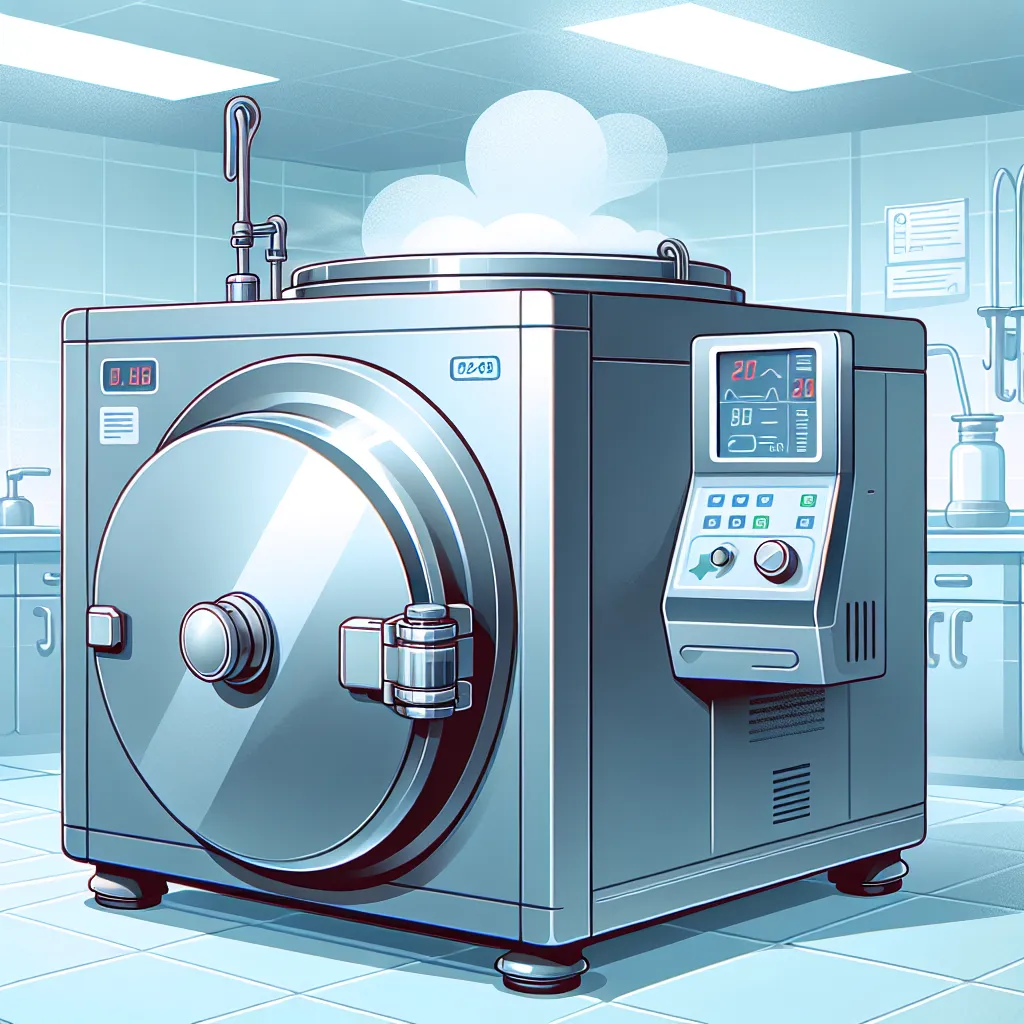
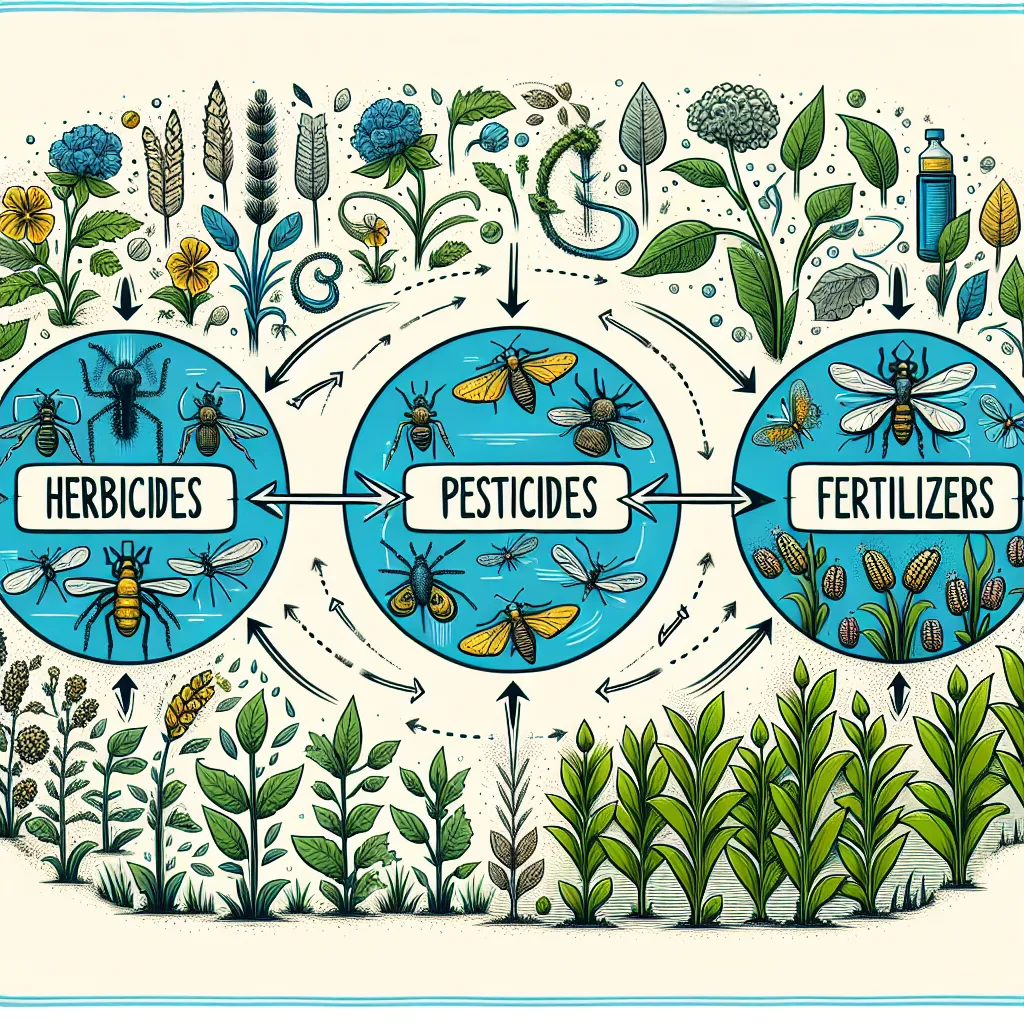
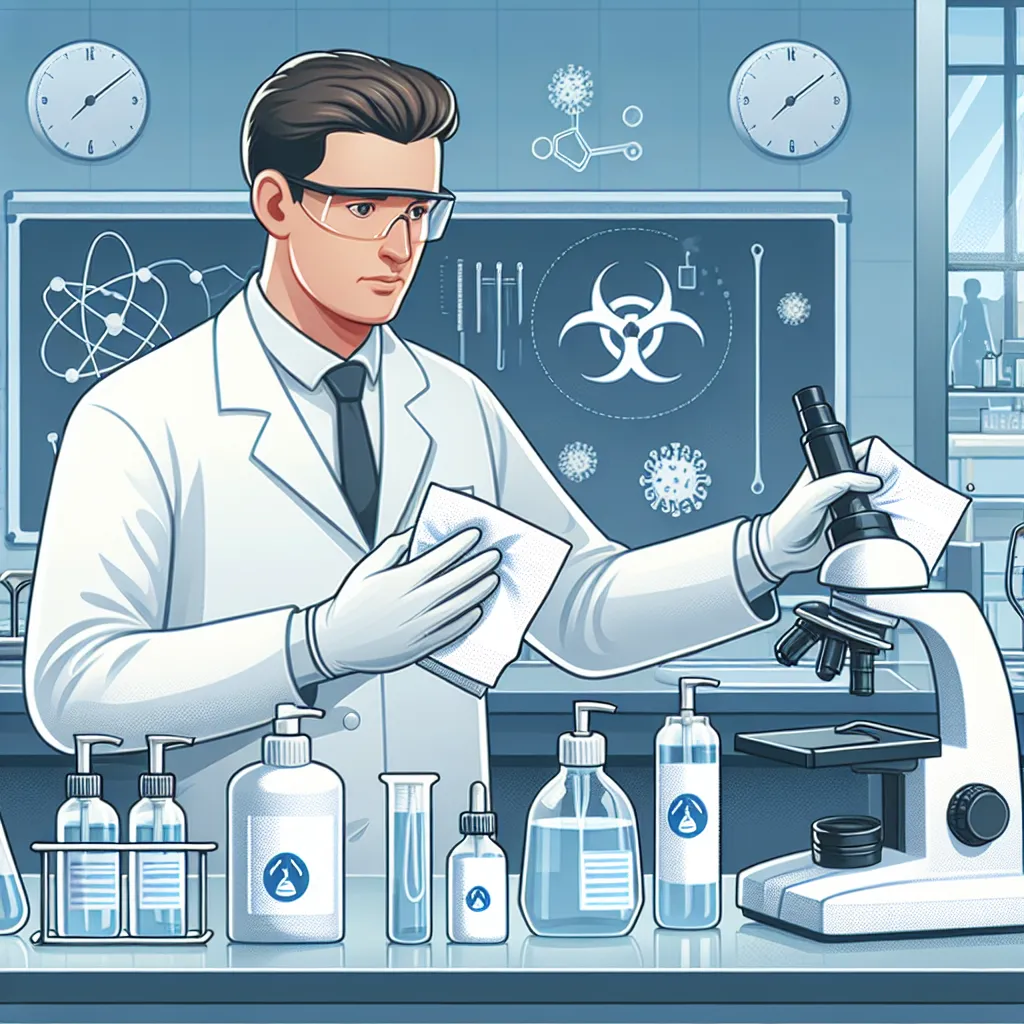
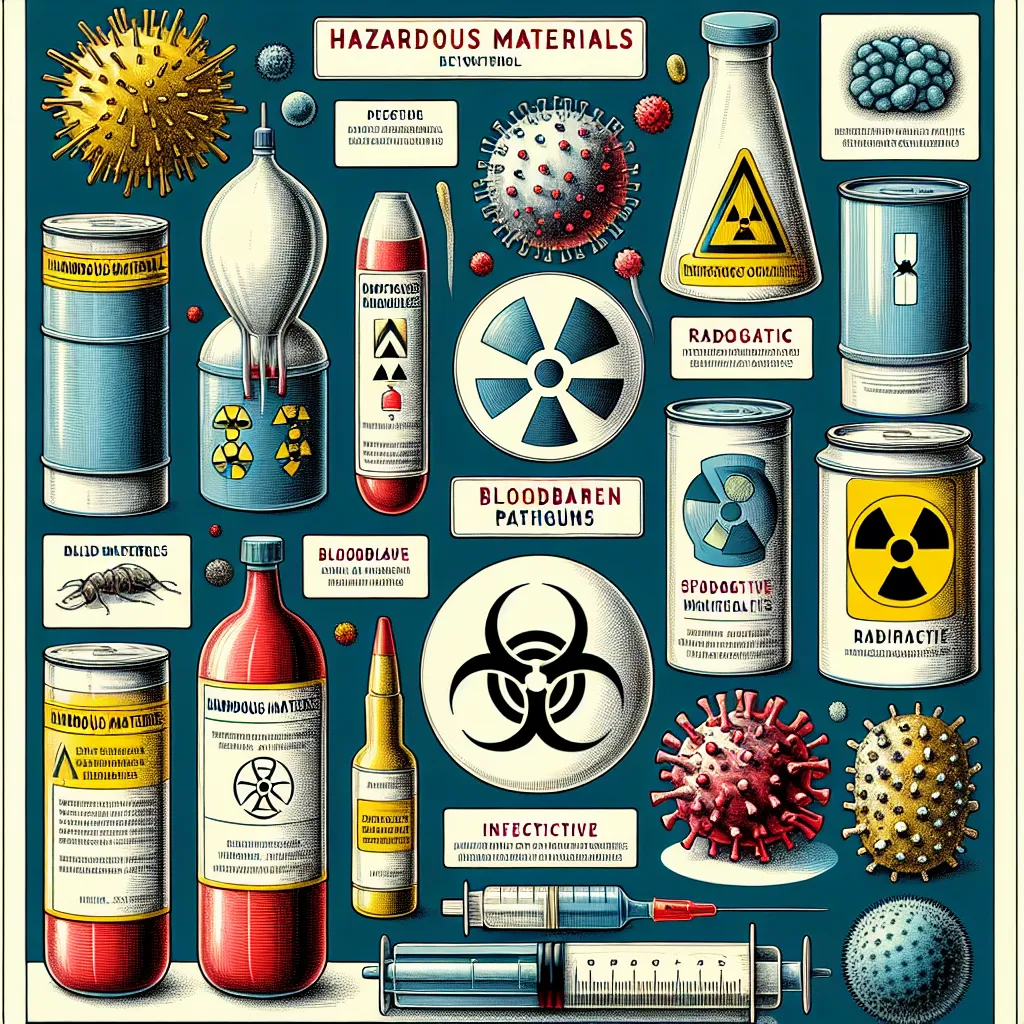
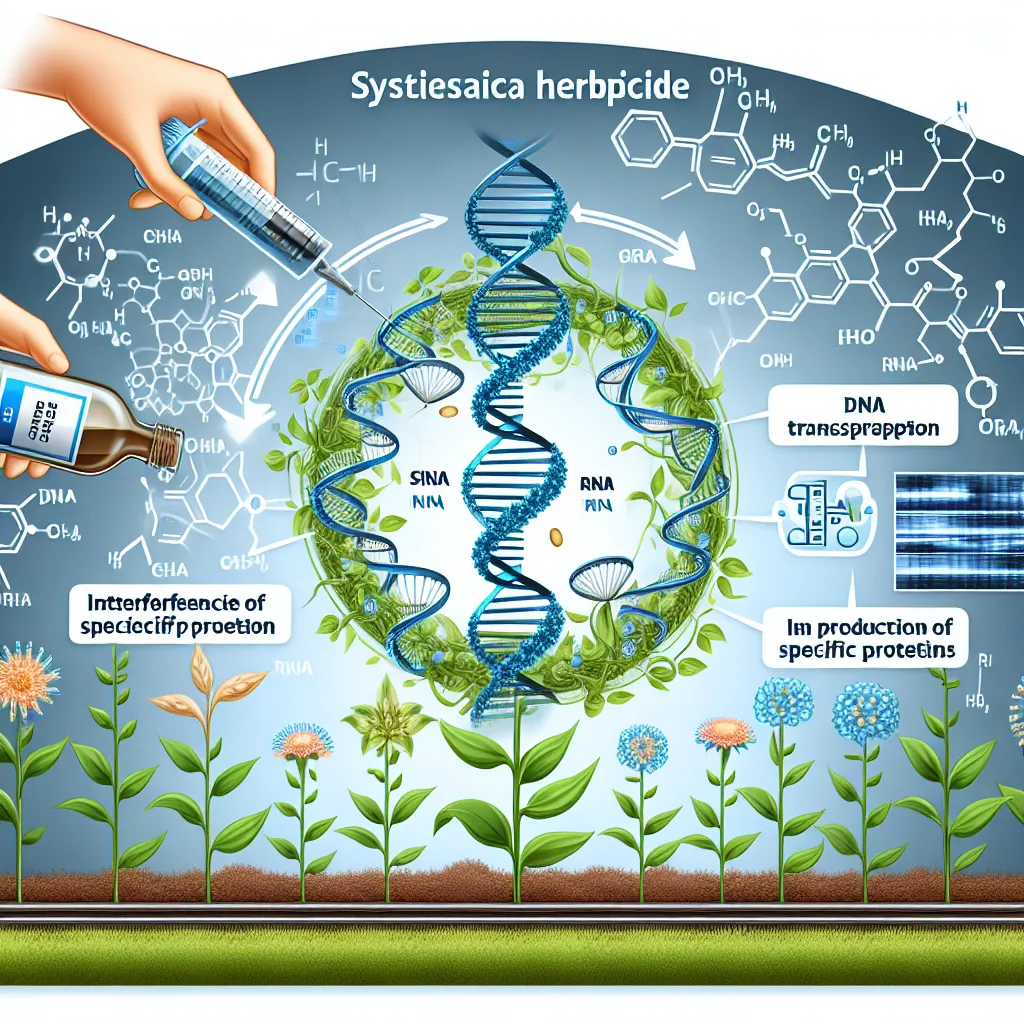

Post your own comment: